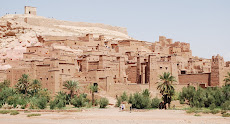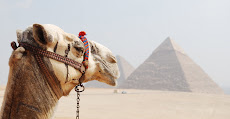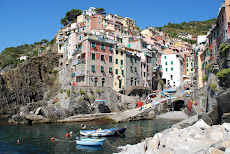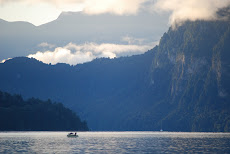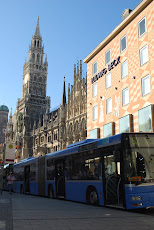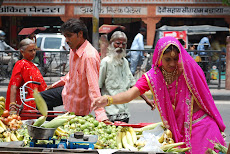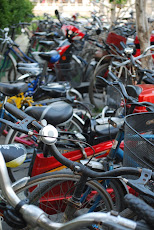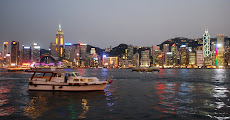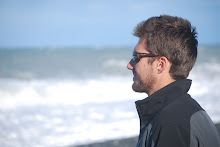
As much as I want to be on the other side of the world, I can’t escape the fact that Sydney is a slice of California, albeit a very satisfying slice. Take away the “mate” and the “good on ya!” call outs, the fifty cent coins the size of beer coasters, the Union Jack flying from every flagpole, and the cars traveling down the left side of the road, and you are right back in the Golden State. The good news is that Sydney is a perfect hybrid cross of perhaps my favorite two American cities—San Diego and San Francisco.
Sydney has the same cosmopolitan swing of the City by the Bay (Jeannie is in paradise). There is a section on the west side of town called Paddington, lined with boutiques and couture (as I’m told) shops. The businesses share walls and stretch for as far as you can see. The three stories of space above the shops have been partitioned to apartments, reminiscent of the Victorian architecture of San Francisco. There is also a niche here for fine dining. Restaurants tend to skew to the upscale (which, for us, equates to breakfast at the corner mini mart). Of course, there is the Sydney Harbour Bridge, which beside the Opera House, is most certainly the icon of the city. The bridge is magnificent, and in all fairness, a worthy equal to the Golden Gate.
But beneath the metropolitan swagger, Sydneyites have an affinity for the beach and the sun that cannot be denied. There is a relaxed feeling to the city that reminds me so much of San Diego. The people here are the kind who will stop for a sunset, and maybe even applaud a spectacular one. My kind of people. The downtown waterfront is a near replica of my college town—grand yachts and small schooners, Princess cruise ships and retired naval vessels, small shopping villages and outdoor bars, even high-rise condos and a loft that looks like mine from the glory days. I think I might have lived here in a past life. And I wouldn’t mind living here in a future one.







